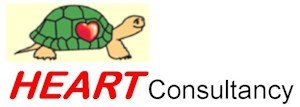Tag: steam sterilization
Explaining steam
Image

J-Fukuoka TKP Hakata Station Mae 20171210 Presentation Jan Demo Steam
Esterilización de Productos Sanitarios
 Esterilización de Productos Sanitarios
Esterilización de Productos Sanitarios
Segunda edición en español
ISBN: 978-3-88681-130-4. 2016. Publisher: MHP-Verlag, Allemania
En un hospital o centro sanitario, es necesario que todo producto y material usado para el tratamiento de los pacientes sea absolutamente seguro en su uso ya que el riesgo de contagio de enfermedades debe mantenerse lo más bajo posible. La limpieza, la desinfección y la esterilización son métodos imprescindibles para combatir este peligro. La demanda para encontrar procedimientos apropiados para el control de infecciones se ha incrementado enormemente, especialmente desde la aparición de enfermedades como el SIDA, de rápida diseminación a escala mundial. Además, enfermedades como la hepatitis B, que pueden ser transmitidas por instrumentos quirúrgicos contaminados, han estimulado la creación de normas y reglamentos más estrictos para los procedimientos de descontaminación y esterilización.
Este libro se concentra sobre todo en el método de esterilización más común y seguro de los utilizados habitualmente en los hospitales y centros sanitarios: la esterilización mediante vapor a presión. Un primer paso importante para la mejora de cualquier actividad es la formación del personal implicado en la misma. En los últimos años se han publicado y actualizado las normas europeas sobre la esterilización de productos sanitarios que exigen la formación adecuada para todas aquellas personas, fabricantes, técnicos operadores y/o de mantenimiento, que estén implicados en la esterilización. Es con el objetivo de contribuir a esta formación que se ha elaborado este libro y que esperamos se convierta en un manual para cualquier persona interesada en el campo de la esterilización. Inicialmente, destinado a la formación de técnicos de países en vías de desarrollo, se ha ido actualizando hasta convertirse en un libro de texto que puede ser utilizado por todos aquellos interesados en la formación en el campo de la esterilización de productos sanitarios.
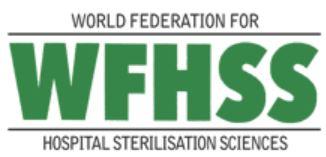 Por esta razón la Federación Mundial para el Ciencias de Esterilización en el Hospitales (WFHSS) recomienda su lectura a todos sus miembros y personal implicado en la elaboración de productos estériles.
Por esta razón la Federación Mundial para el Ciencias de Esterilización en el Hospitales (WFHSS) recomienda su lectura a todos sus miembros y personal implicado en la elaboración de productos estériles.
![]() Esta versión española del libro ha sido producido y publicado en colaboración con Antonio Matachana, S.A., Barcelona, España
Esta versión española del libro ha sido producido y publicado en colaboración con Antonio Matachana, S.A., Barcelona, España
Pedido
Puede solicitar el libro aquí
Las traducciones en otros idiomas. / Translations in other languages
Este libro está disponible en los siguientes idiomas:
English, French, Dutch, Norwegian, Russian, Polish, Turkish, Japanese, Swedish
Sterilization of medical supplies by Steam. 3rd Edition
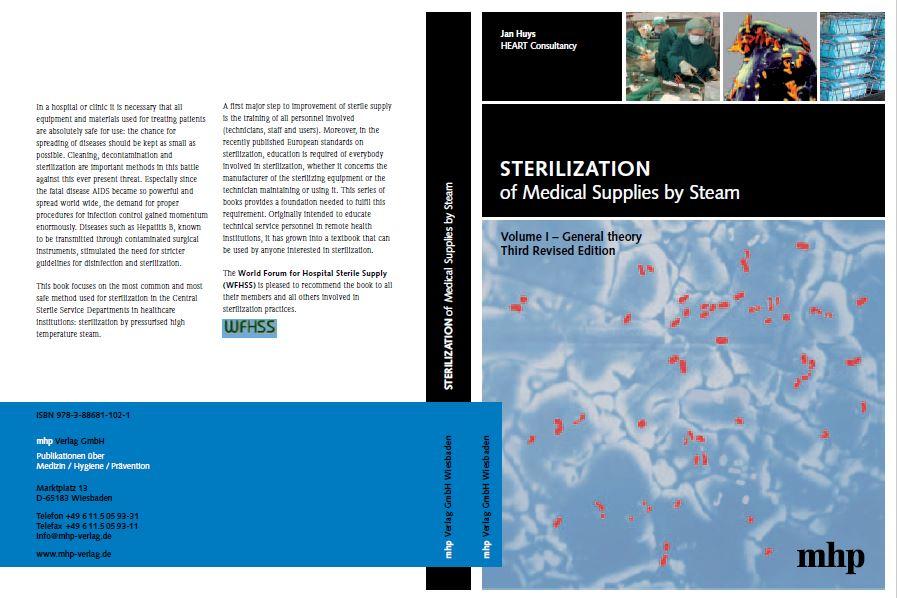 Sterilization of medical supplies by Steam
Sterilization of medical supplies by Steam
3rd Edition 2010. Publisher: MHP-Verlag, Germany
ISBN 978-38-8681-102-1
In a hospital or clinic it is necessary that all equipment and materials used for treating patients are absolutely safe for use: the chance for spreading of diseases should be kept as small as possible. Cleaning, decontamination and sterilization are important methods in this battle against this ever present threat. Especially since the fatal disease AIDS became so powerful and spread world wide, the demand for proper procedures for infection control gained momentum enormously. Diseases such as Hepatitis B, known to be transmitted through contaminated surgical instruments, stimulated the need for stricter guidelines for disinfection and sterilization.
This book focuses on the most common and most safe method used for sterilization in the Central Sterile Service Departments in healthcare institutions: sterilization by pressurised high temperature steam.
A first major step to improvement of sterile supply is the training of all personnel involved (technicians, staff and users). Moreover, in the recently published European standards on sterilization, education is required of everybody involved in sterilization, whether it concerns the manufacturer of the sterilizing equipment or the technician maintaining or using it. This series of books provides a foundation needed to fulfil this requirement. Originally intended to educate technical service personnel in remote health institutions, it has grown into a textbook that can be used by anyone interested in sterilization.
The World Federation for Hospital Sterilization Sciences (WFHSS) is pleased to recommend the book to all their members and all others involved in sterilization practices.
Ordering
You can order this book at MHP Verlag here
Foreword by the author
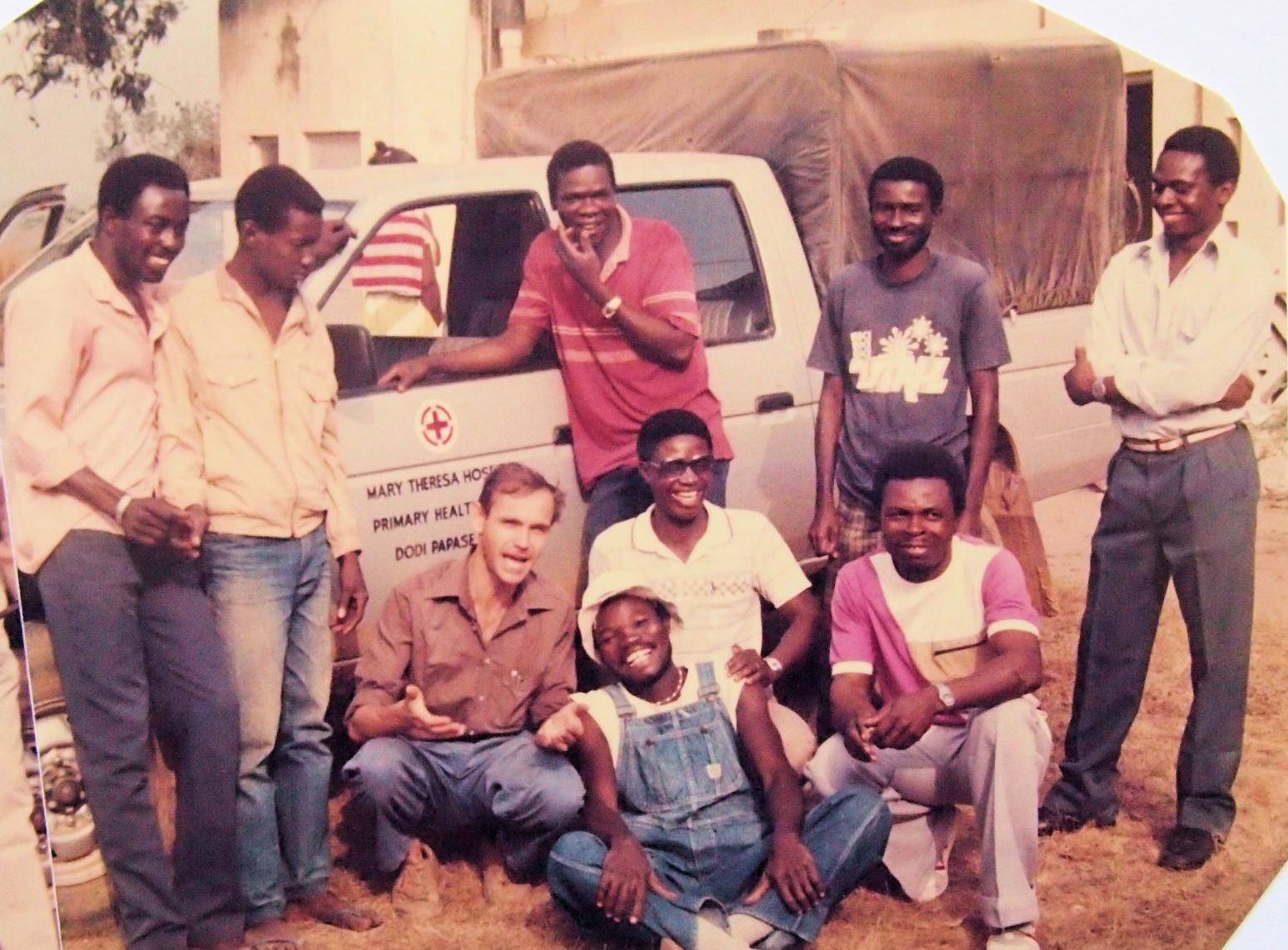
Good old days in Ghana: 1985. The HES team at the Mary Theresa Hospital in Dodi Papase where we just did install a major electrical supply network.
It already has been almost 28 years since I left for Ghana, West Africa, as a technician, where I would stay for 7 years. I was responsible for the setting-up of a maintenance service for the hospitals within the healthcare system of the Catholic Church. Initially the work was focussing mainly on the actual repairs and maintenance of equipment in all its variety. In the later years the tasks moved to more organisational work and most of all training. I found out that for most equipment a wide range of training and study material was available. However for sterilization the information I could find was limited to often very brief instructions for use of equipment without further background information. After finishing the contract in Ghana I was asked to start preparing training material for hospital technicians. I thus choose sterilization as one of the first subjects to cover. It was in the early nineties, the time that in the Netherlands the world of sterilization was very much in motion. The Netherlands was in the forefront of the developments in this domain. The Guidelines on Sterilisation and Sterility were just formulated and became the basis for the first European Standards for sterilisation. The trade quickly professionalized.
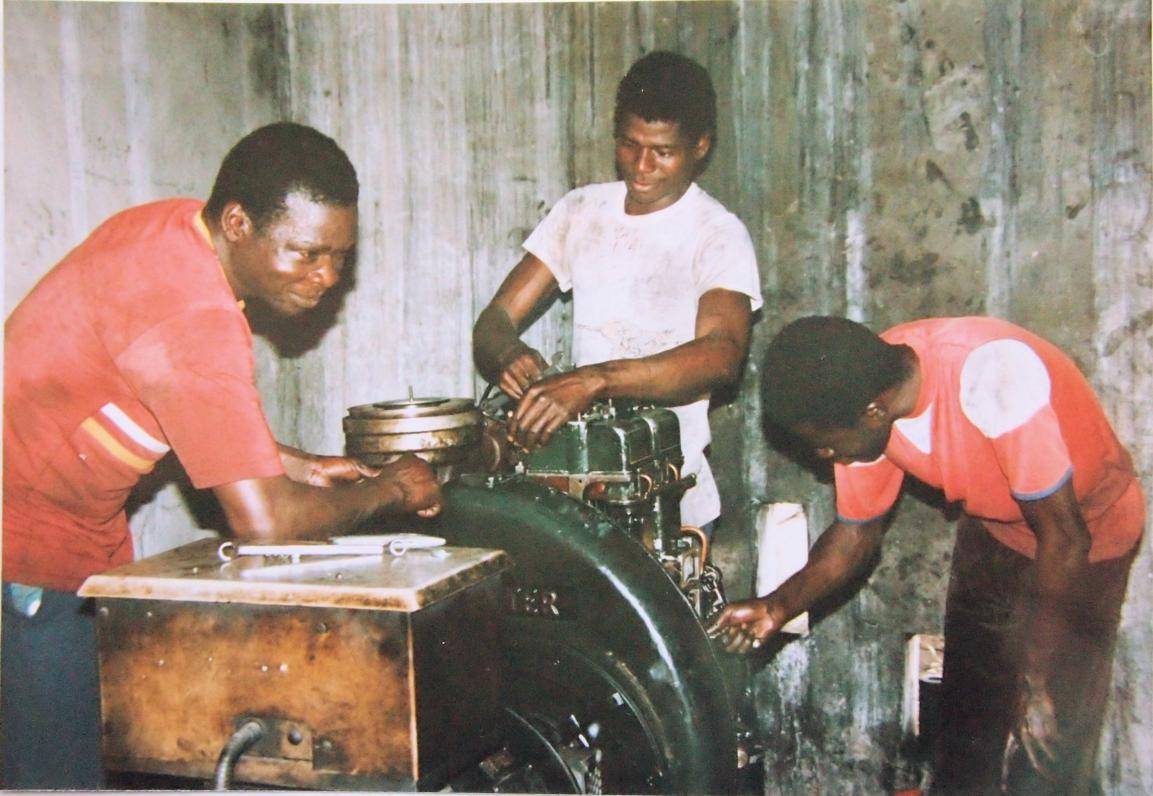
Servicing a good old HA3 Lister power plant at Duayaw Nkwanta Hospital, Ghana. 1986. With HES technicians: Sylvester Akparibo, Emmanuel Atubisah and?
I came to realize that I severely underestimated my efforts of writing a book on the topic! In order to be better prepared I attended a training with Mr. Machiel Jan Bot of Medithema, who introduced me with great enthusiasm into the world of micro-organisms, infection prevention and sterilization. For gathering information I got in touch with many sterilization-related companies and among others the RIVM: the Institute for Public Health and the Environment of the Netherlands. At that time the late Mr. Jack van Asten was pushing a scientific approach to sterile supply in hospitals throughout The Netherlands and through his department was enforcing improved quality control and validation of sterilization processes. From the information that was slowly but surely gathered, the first English edition was created which was published in 1996 under auspices of the ESH, the predecessor of the current WFHSS. In 2004 the second updated edition was published. During the past years I had the opportunity to present courses on sterile supplies in many countries, especially in Africa. It is a great experience to see the enthusiasm of all those people who want to make a difference in their own field. The book has been a tool to provide the basic information. With this 3rd edition I hope this contribution to improve sterile supply can continue.
Sterilization is a field where many exiting sciences and technologies meet: from microbiology, medicine, to mechanical and electrical engineering. A profession where life and death meet each other; in which life at micro-level is massively offered in order to protect ours. Through this sterilization almost gets a philosophical/ethical character.
This book wants to be an introduction for all those that get in touch with this fascinating field, which offers an essential contribution to the safe treatment of the many patients, who thus put their lives into our hands.
 |
Jan Huijs, HEART Consultancy, Renkum, The Netherlands, April 2010 |
